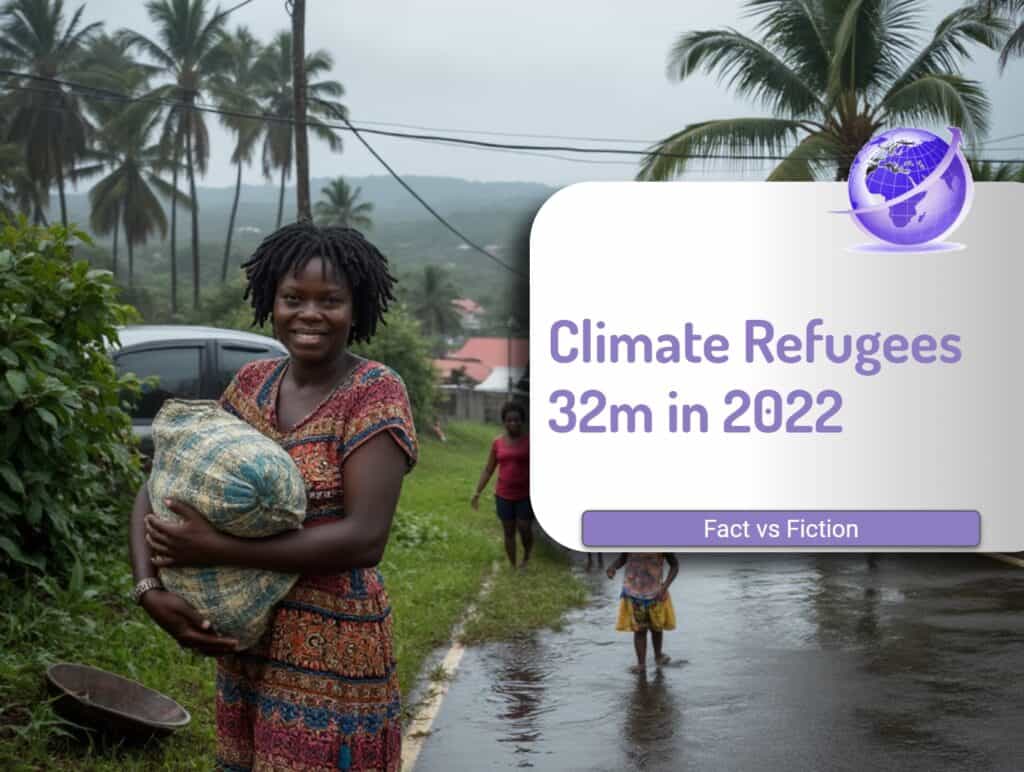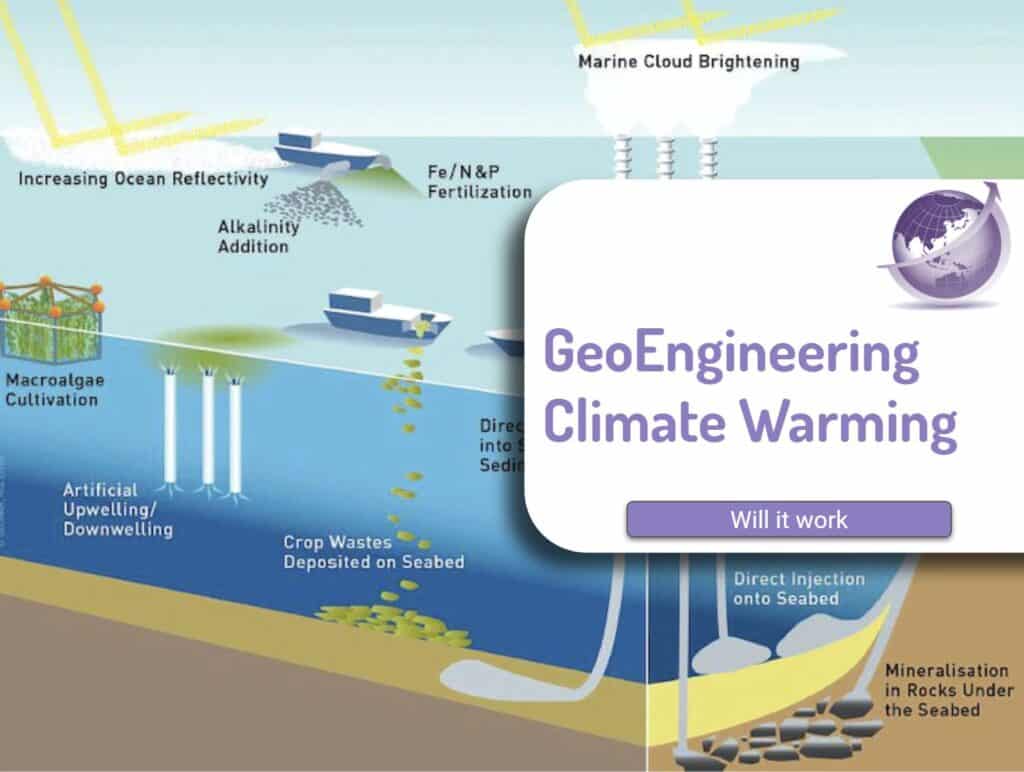Are climate refugees increasing – is this fact or fiction? Climate change causes more frequent and extreme weather events including floods, cyclones and droughts displacing more people. Weather related hazards in 2022 displaced 32 million in 2022, an increase of over 41% increase compared to 2008 levels. While there are the direct displacements, more concerning is the “threat multiplier”. Climate change magnifies the impact of factors contributing to displacement. Increased poverty, loss of livelihoods, and tensions relating to dwindling resources all create conditions leading to more conflict and displacement.
Climate Refugees Increasing Fact versus Fiction by UN HCR
This is an AI summary of the page – visit it directly at https://www.unhcr.org/au/news/stories/climate-change-and-displacement-myths-and-facts. Published: November 15, 2023. The article provides a comprehensive overview of the complex relationship between climate change and displacement and debunks common misconceptions.
Key Points:
- Myth 1: Climate change will trigger large-scale cross-border movements from the Global South to the Global North.
- Fact: Most climate-related displacement occurs within countries, and people typically prefer to remain close to home.
- Myth 2: People displaced by climate change are “climate refugees.”
- Fact. International law does not recognise the term “climate refugee”. Regional refugee laws cover this term.
- Myth 3: “Climate-related displacement” only refers to people fleeing extreme weather events.
- Fact: Climate change acts as a “threat multiplier,” exacerbating existing vulnerabilities and contributing to displacement.
- Myth 4: The number of people forcibly displaced by climate change can be predicted.
- Fact: Predicting future displacement is difficult due to the complex interplay of factors.
- Myth 5: It’s too late to act to prevent displacement related to climate change.
- Fact: While the climate is changing, it’s not too late to take action to mitigate emissions. We must stop emissions and will need to adapt to the changing climate.
Notable Insights:
- Climate change is a significant driver of displacement, both directly through extreme weather events and indirectly by exacerbating existing vulnerabilities.
- The majority of climate-related displacement occurs within countries, and people often prefer to remain close to home.
- Addressing climate change refugees requires 3 actions
- Reduce emissions
- Investing in adaptation measures
- Address social and economic factors.
- While predicting future displacement is challenging, early action can help mitigate risks and improve resilience.
Over a Billion Refugees by 2050
As Zurich report
According to UNHCR, the UN’s refugee agency, an annual average of 21.5 million people were forcibly displaced each year by weather-related events – such as floods, storms, wildfires and extreme temperatures – between 2008 and 2016. This climate migration is expected to surge in coming decades with forecasts from international thinktank the IEP predicting that 1.2 billion people could be displaced globally by 2050 due to climate change and natural disasters.
More Reading
- Climate change and displacement: the myths and the facts :Five myths busted about the climate crisis and displacement. By Kristy Siegfried, 2023 https://www.unhcr.org/au/news/stories/climate-change-and-displacement-myths-and-facts
- Haiti facing the challenge of climate change https://www.unicef.org/haiti/en/stories/haiti-facing-challenge-climate-change
- There could be 1.2 billion climate refugees by 2050. Zurich https://www.zurich.com/media/magazine/2022/there-could-be-1-2-billion-climate-refugees-by-2050-here-s-what-you-need-to-know









